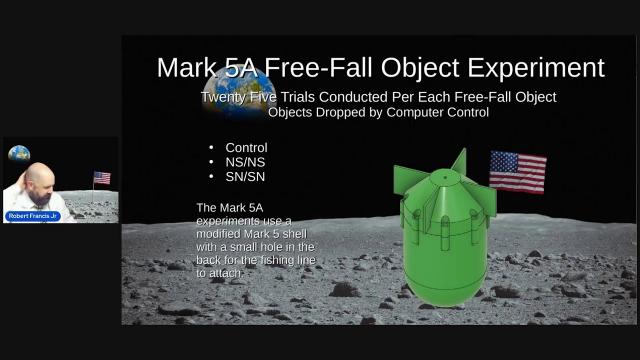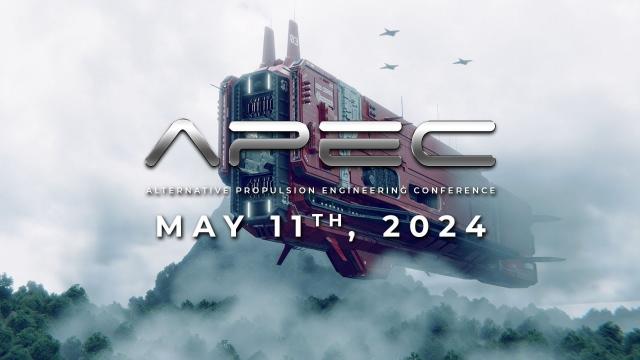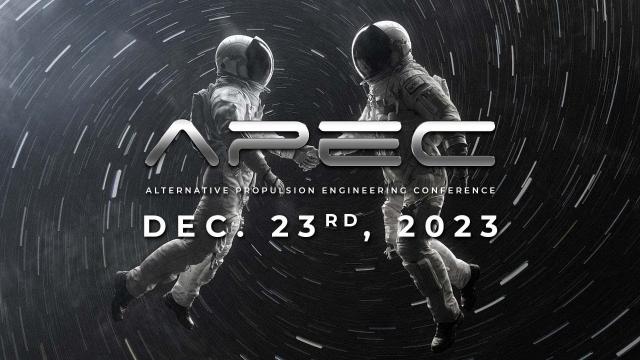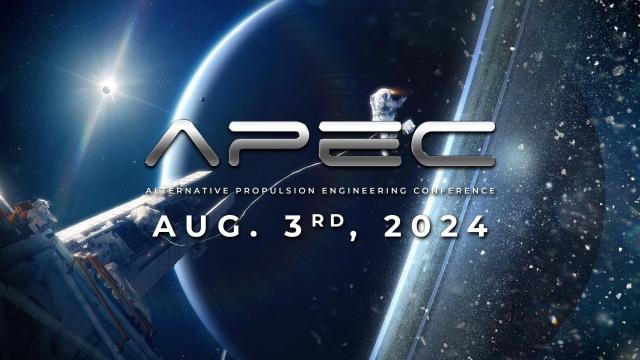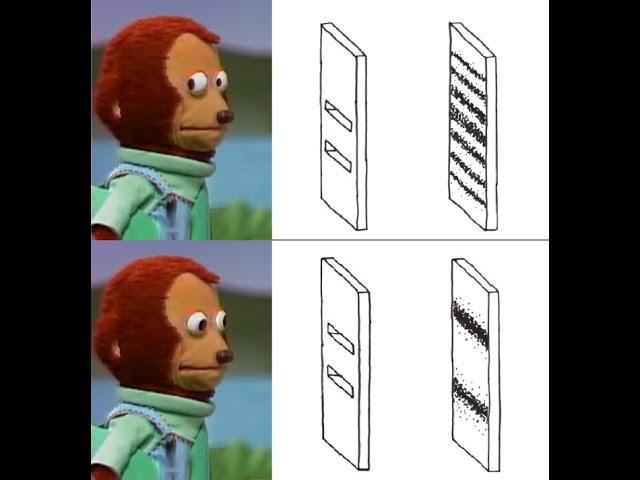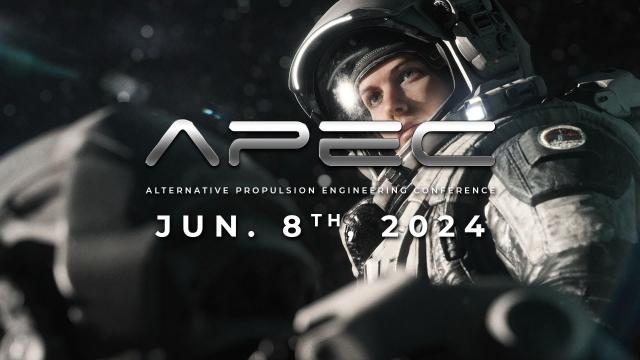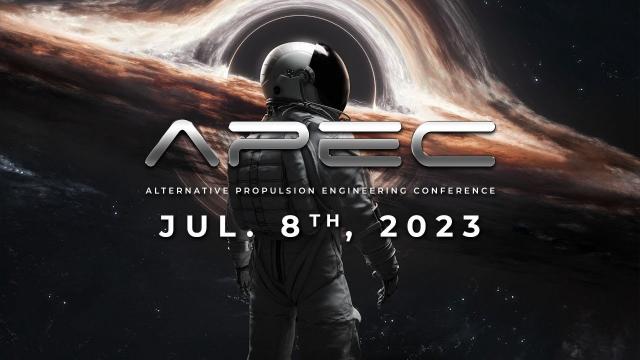APEC 12/23: Asymmetrical Capacitance, Warp Drives & Torsion Physics
Description
David Pares describes a new VEM drive breakthrough, Charles Buhler discusses experimental propulsion results based on asymmetrical electrostatic pressure, Daniel Davis provides an overview of warp-drive propulsion concepts, and Andrew Beckwith discusses how torsion may allow for a cosmological constant. We’ll also be hearing updates from our lab partners and finishing off the event with an open discussion by conference attendees!
12:00pm PT – David Pares – Variable Electromagnetic Drive Breakthrough
In this breaking news update, David Pares will discuss recent upgrades & experimental results for the VEM Drive indicating a repeatable propulsive output of 11.72 Newtons (2.65 lbs) force generated by 1,500 Watts input power during 30-second duration tests – without evidence of ion-wind or electrostatic repulsion, and accompanied by red-shifting effects. For the last seven years, the Quantum Electrodynamics R&D team has been developing a proprietary Variable Electromagnetic (VEM) Drive that they claim compresses the fabric of space, and requires no liquid propellant that chemical or ion drive to move through space.
1:00pm PT – Charles Buhler – Assymetrical Capacitance Experimental Results
Dr. Charles Buhler discusses experimental propulsion results based on asymmetrical electrostatic pressure, in a device described in International Patent# WO2020159603A2. The device is described as a system and method for generating a force from a voltage difference applied across at least one electrically conductive surface. The applied voltage difference creates an electric field resulting in an electrostatic pressure force acting on at least one surface of an object. Asymmetries in the resulting electrostatic pressure force vectors result in a net resulting electrostatic pressure force acting on the object. The magnitude of the net resulting electrostatic pressure force is a function of the geometry of the electrically conductive surfaces, the applied voltage, and the dielectric constant of any material present in the gap between electrodes.
2:00pm PT – Daniel Davis – Warp-Drive Research
Daniel Davis will discuss the current state of research into warp-drive propulsion, including the challenge of integrating solutions to the engineering challenges of the Alcubierre Drive together from a variety of diverse scientific sources. Davis believes most, if not all, of the fundamental challenges to building a working warp-drive have been solved – but one obstacle to success involves combining solutions proposed by various scientists into a single model.
3:00pm PT – Andrew Beckwith – How Torsion May Allow For A Cosmological Constant
Andrew Beckwith will discuss how torsion may allow for a cosmological constant, which links the ideas given by Beckwith and QaZi 2023 to a presentation as far as Torsion as given by de Sabbata and Sirvaram, Erice 1990. The 1990 article claims that Torsion cancels Cosmological vacuum energy whereas our formulation leads to a left over cosmological constant 10^-121 times vacuum energy. Meantime speculation as to how all this relates to black hole physics and speculation given by Corda which replaces traditional firewalls with a different formulation are included as that presentation by Corda uses the idea of a quantum number n, which ties into his own Cosmological constant presentation.
4:00pm PT – Lab Partners – Experimental Research Updates
Learn about hands-on engineering & technical research on advanced propulsion experiments by our lab partners. Mark Sokol & the Falcon Space team will describe recent work on NMR / EPR gravity-modification experiments, Jarod Yates & Charles Crawford will provide updates on the Graviflyer, Bryan St. Clair will discuss research being done into new inertial propulsion experiments, and other labs are anticipated to share updates as well during this time.
5:00pm PT – Open Discussion & Ad-Hoc Presentations
Conference guests interested in presenting experimental info to the group are invited to participate at this time, and our presenters will be available to take questions & discuss experiments.

